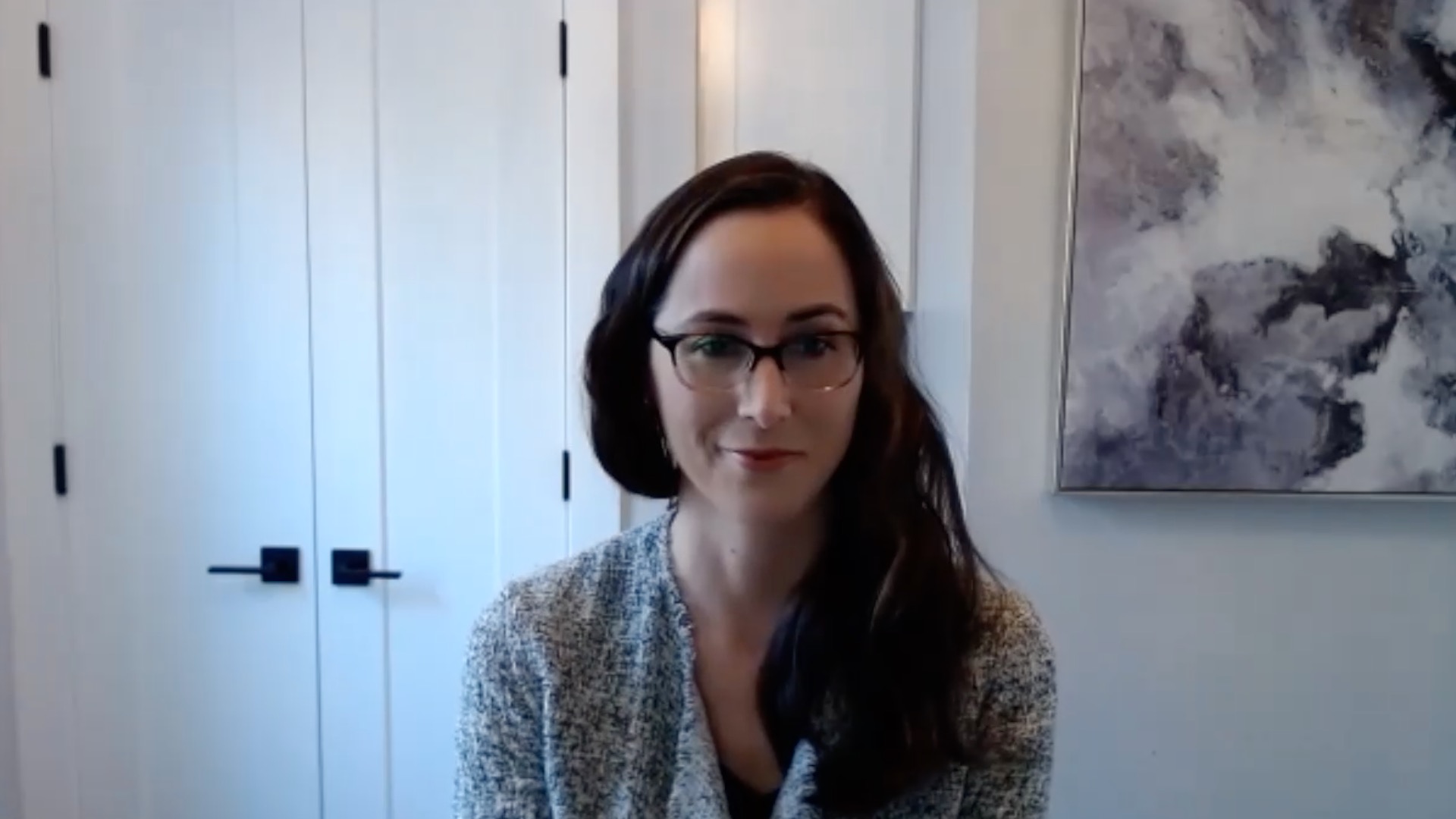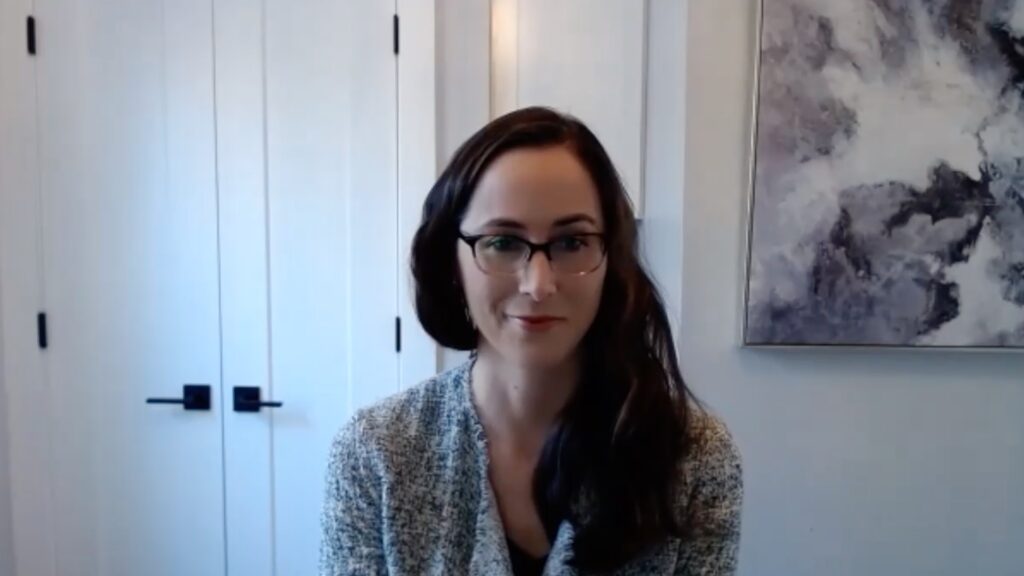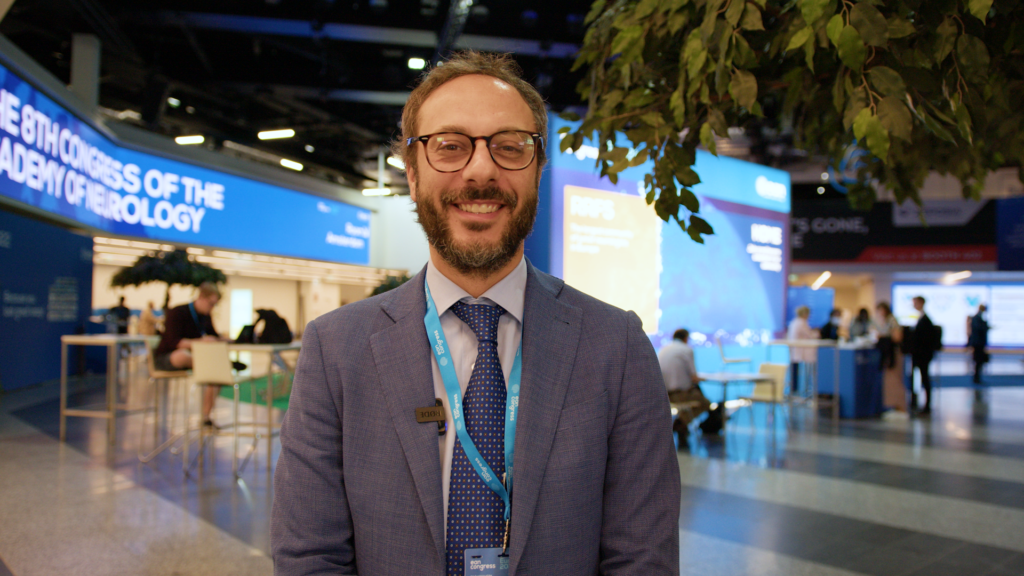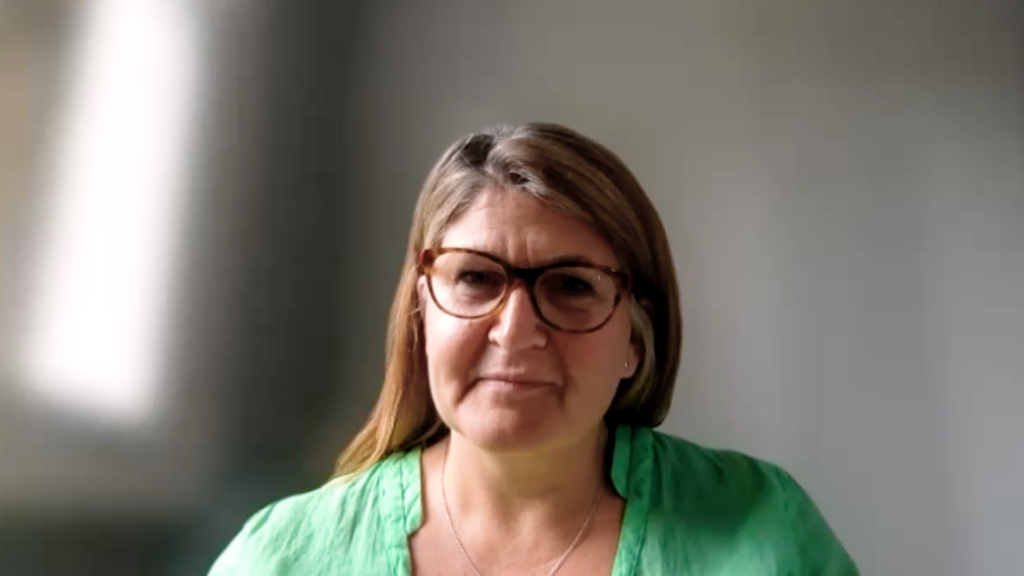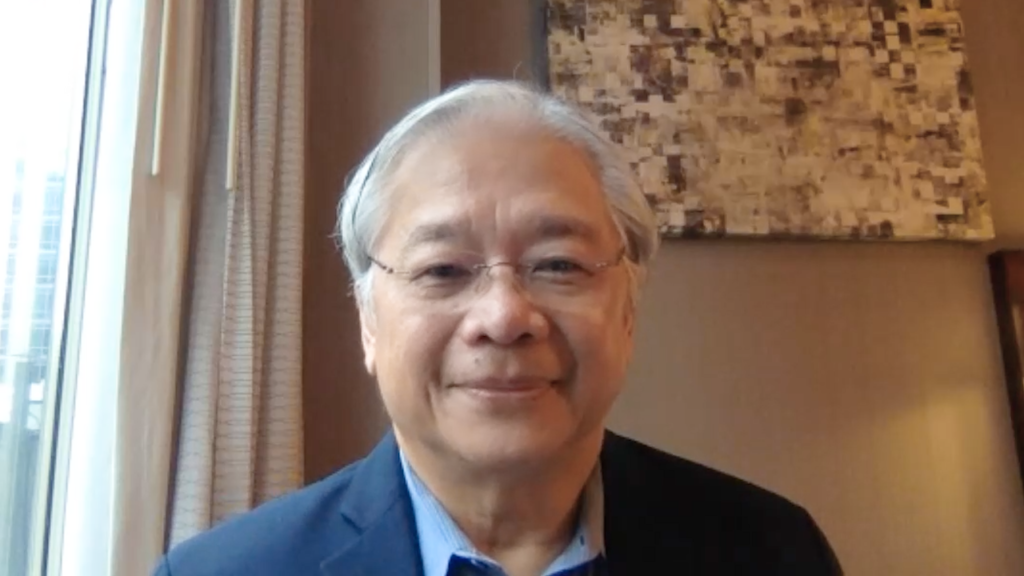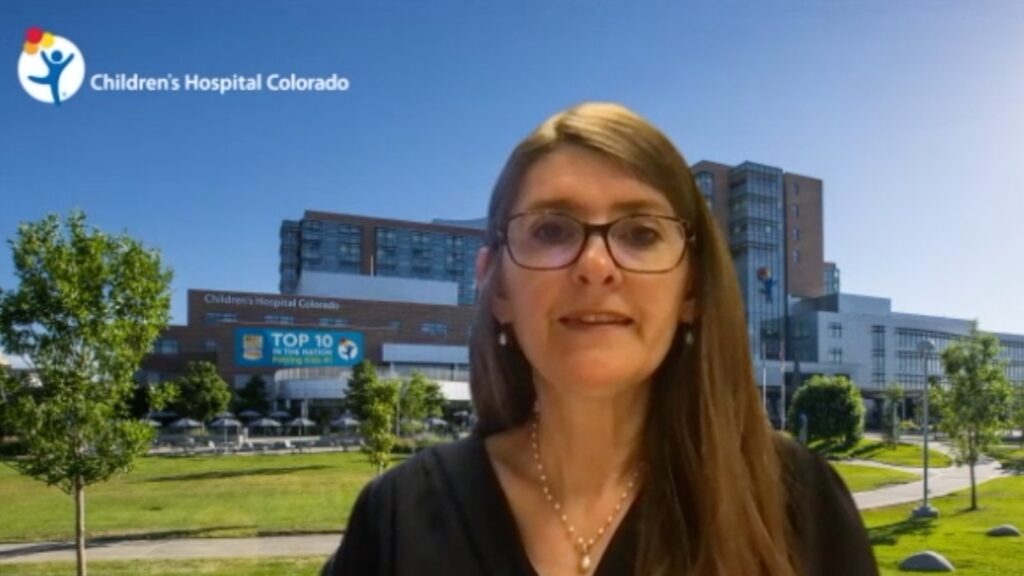touchNEUROLOGY coverage of data presented at EAN 2024:
Myasthenia gravis (MG) is an autoimmune disorder where antibodies disrupt the neuromuscular junction, causing muscle weakness that worsens with activity. MG subgroups are based on muscle weakness location, age, antibody type, and thymus pathology, with some patients experiencing severe, treatment-resistant symptoms. Biomarkers can indicate prognosis. First-line treatments include pyridostigmine for symptomatic relief and immunosuppressants like prednisolone and azathioprine. Thymectomy is recommended for certain patients. Second-line treatments include mycophenolate, rituximab, and others, with new therapies like complement and FcRn inhibitors showing promise. Intravenous immunoglobulin and plasma exchange are used for acute exacerbations. Supportive therapy, including adapted exercise, is crucial. In refractory cases, comorbidities and diagnosis accuracy should be reconsidered.
Prof. Nils Erik Gilhus presented “Myasthenia Gravis; Individualized Treatment Based on a Well-Defined Disease Pathogenesis” as part of the Plenary Symposium at the 10th Congress of EAN, on 29th June–2 July 2024, in Helsinki, Finland.
Questions:
- Myasthenia gravis presents significant challenges in clinical management. Can you elaborate on the current unmet medical needs for patients with myasthenia gravis, and how a deeper understanding of disease pathogenesis could address these gaps? (0:26)
- Could you explain the challenges physicians face when selecting appropriate treatment, and the decision-making they must take to balance treatment algorithms with personalized therapy? (2:31)
- In recent years, there have been several advancements in the treatment of myasthenia gravis. What are some of the most promising new therapies or approaches that have emerged, and how will they affect clinical practice in terms of first-line and second-line treatments? (6:03)
- Looking ahead, what do you see as the critical next steps for integrating individualized treatment strategies for myasthenia gravis into clinical practice? How can clinicians best apply these strategies to improve patient outcomes? (9:05)
References and associated abstracts:
- Gilhus NE. Myasthenia Gravis – Optimal Treatment in Severe Disease. European Neurological Review. 2019;14(2):81–5. DOI: https://doi.org/10.17925/ENR.2019.14.2.81
- Gilhus NE. Treatment considerations in myasthenia gravis for the pregnant patient. Expert Rev Neurother. 2023;23:169–77. DOI: 10.1080/14737175.2023.2178302.
Disclosures: Prof. Nils Erik Gilhus has received speaker’s honoraria from Octapharma, Alexion and UCB, and consulting honoraria from Argenx and Ra Pharma.
This content has been developed independently by Touch Medical Media for touchNEUROLOGY. It is not affiliated with the European Adademy of Neurology (EAN). Unapproved products or unapproved uses of approved products may be discussed by the faculty; these situations may reflect the approval status in one or more jurisdictions. No endorsement of unapproved products or unapproved uses is either made or implied by mention of these products or uses by Touch Medical Media or any sponsor. Views expressed are the speaker’s own and do not necessarily reflect the views of Touch Medical Media.
Abbreviations: AChR, acetylcholine receptor; CAR, chimeric antigen receptor; Ig, immunoglobulin; MuSK, muscle-specific peptide.
Transcript:
Hello. I am, Nils Erik Gilhus. I’m a professor of neurology at the University of Bergen, Norway, and I’m also a senior researcher, previous consultant, at the Department of Neurology at Haukeland University Hospital. And I have a long term interest in myasthenia gravis, both in the clinical part and in research.
Q. Myasthenia gravis presents significant challenges in clinical management. Can you elaborate on the current unmet medical needs for patients with myasthenia gravis, and how a deeper understanding of disease pathogenesis could address these gaps?
Most patients with myasthenia gravis do pretty well. They are improved by current treatment and they have no significantly increased death rate. However, they have a reduction in activities of daily living. They are worrying for what the future may bring. They may have side effects, often have side effects, of the treatment. Perhaps, 15% of the patients continue to have moderate, or even severe, symptoms with today’s optimal treatment. They are in a clear need of better improved treatment. But also those with only mild symptoms often have some reduction in activities in daily living and even more so in quality of life. For this group we should aim for an even better treatment result and some symptom freedom if possible. The hope is, of course, that a better understanding of the pathogenesis will help in this so that they are better treated.
That has shown to be difficult. We have a very good marker for diagnosis – of acetylcholine receptor antibodies and MuSK antibodies – but we do not really have a biomarker to predict treatment result or to illustrate progression or improvement apart from patients’ report and what we find by clinical examination. So, better biomarkers and better understanding of disease pathogenesis should also help in improving the treatment.
Q. Could you explain the challenges physicians face when selecting appropriate treatment, and the decision-making they must take to balance treatment algorithms with personalized therapy?
I think there are several challenges. One challenge is what we touched upon in the previous question: that we that we need new and better treatments. A second challenge is to take into use those new treatments on their way into the market, in some countries on the market, or in some countries they are awaiting approval. And then we have the big issue: how to best organise present treatment, available treatment. Which drugs should we select, but also should treatment be in very specialized centers, only a few doctors seeing all patients with myasthenia, or should it be more decentralized in many places seeing patients? I think it goes towards more specialized treatment in specialized units with good experience and knowledge about myasthenia gravis.
So that is one aspect to try to optimise treatment, and then how to use these new treatments in the best possible way. But still it’s an ongoing discussion in all other types of treatment for myasthenia: when to do thymectomy, for which subgroups, how eager should we be to stimulate physical activity. I think that patients should have adapted training programmes. So there are also these challenges.
And then your last part of your question: guidelines versus personalized therapy. We try to come up with good guidelines and they have to be generalized, but then we know that both treatment response and patient needs differ, and that’s why we use personalized therapy as a favourite term. And then you have to find this balance between guidelines and personalized therapy. One way we’re trying to solve this is to define subgroups of patients, saying that if a patient had this or that characteristics, then they should have this type of treatment. So the guidelines differ according to myasthenia gravis subgroup. But it is again a question of how many subgroups do we manage? How many subgroups can we use from present day biomarkers? And as I said previously, we do not have good enough biomarkers to subgroup in a very detailed way, but this conflict, in a way, between personalized therapy and guidelines – that’s why we are doctors, that’s why we have this individual approach to our patients and want to do the best for each individual patient, taking into consideration both the guideline and this patient’s specific needs.
Q. In recent years, there have been several advancements in the treatment of myasthenia gravis. What are some of the most promising new therapies or approaches that have emerged, and how will they affect clinical practice in terms of first-line and second-line treatments?
There are, I would say, probably three major new types of the immunoactive treatments in myasthenia gravis. They are B-cell directed therapies (against B cells or plasma blasts), FcRn blockers and complement inhibitors. All these treatments have an effect in myasthenia gravis patients shown in well-controlled studies. It is expected that we have this effect from our knowledge of the pathogenesis.
Then there is variation between patients and also between patient subgroups, for example, for MuSK patients with MuSK antibodies, complement inhibitors are not expected to have an effect, as with IgG antibodies are for the IgG4 subclass.
There are many questions regarding these new treatments. A first and more practical challenge is price. [They are] very costly treatments, especially FcRn blockers and complement inhibitors. Whereas, the B-cell therapies available in some countries is very cheap. So it’s a question about both cost benefit and approval and funding from the health authorities.
As I said, control studies show a very clear effect of these new treatments, a very rapid effect. Fantastic. But we do not really know how to compare them. There are no comparative studies and it’s impossible to compare these brands from one control trial to another because there is so much variation, for example, in placebo groups, in placebo response, in included patients, in follow-up time. Also dosing regimens differ. So that’s not possible. That answer will probably come from more real-world data. And what was discussed in the recent meeting in Helsinki is real-world data regarding these various new treatments: which patients do respond, which do not, which dosing is optimal, how to give it long term versus short term. These questions are coming up and very interesting, and will will lead to a further improvement of the actual therapy, real life therapy of patients with myasthenia gravis.
Q. Looking ahead, what do you see as the critical next steps for integrating individualized treatment strategies for myasthenia gravis into clinical practice? How can clinicians best apply these strategies to improve patient outcomes? (9:05)
Now, to continue with where I finished to your last question, I would say that real-life data comparisons between the various new treatments: the FcRn inhibitors, the complement inhibitors, the B-cell active drugs, anti-CD19, anti-CD20, and others. Real-life comparisons and experience with these new drugs will be very important. Their effect has been established by the trials, but their role in practical treatment, how to use them in a optimal way would be very interesting. And I look forward to results regarding that, published results, and listening to experiences.
All these treatments are active, but they are not specific. They will give a broader suppression of the immune system with, for example, an increase in risk of infections. The aim is, of course, to have much more specific treatment, suppressing the immune response against a acetylcholine receptor or the MuSK antigen, and not all other immune cells in the body. That should be available from the understanding of the disease, but it’s technically and practically very difficult.
The new therapies that are coming up [that] have been published in small patient series and for individual patients is T-cell directed therapies, therapies with chimeric modified T cells against the T cell receptor or against autoimmune antibodies: so called CAR-T therapy. That may be an advantage. It may be more selective [in terms of] immunosuppression, but we do not know yet because there are no ‘good’ trials, just, a few patients. That is news coming up.
But I could also go back to what I’ve said previously about how we best organize treatment of patients: The use, for example, of patient registries. There will be much interest in trying to build up national or local, or even European, patient registers, so that it would be easier to implement optimal treatment for the whole population of myasthenia gravis patients. That is combination of drugs, but also non-drug therapies: thymectomy, for example, and also education of patients, regarding work working ability. Things like that should be taken care of in an optimal way, and I think that registries should help in that. It was very nice to see, at the EAN conference in Helsinki recently, the interest of myastenia gravis; many more presentations and sessions about myasthenia [in the] exhibition. Many were interested in myasthenia, and that should lead to both better drugs – new drugs, improved drugs, better use of these very new drugs – but also a broadly increased and improved treatment of myasthenia gravis, with higher aims for each individual patient regarding improvement.
Interviewer/Editor: Helen Bowden
Cite: Gilhus NE. Myasthenia Gravis. Individualized myasthenia gravis treatment based on well-defined disease pathogenesis. touchNEUROLOGY. July 29, 2024.

